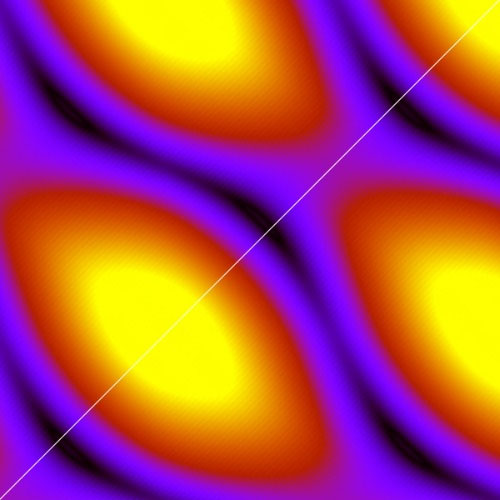| Mar 11, 2024 |
Quantum-mechanical 'molecules' spotted in superconducting devices
(Nanowerk News) Electronic states that resemble molecules and are promising for use in future quantum computers have been created in superconducting circuits by physicists at RIKEN (Nature Communications, "Phase-dependent Andreev molecules and superconducting gap closing in coherently-coupled Josephson junctions").
|
|
The most obvious advantage of superconductors – materials that offer no electrical resistance to the flow of electrons – in electronic circuits is that they don’t produce any wasteful heating, which limits the energy efficiency of conventional circuitry.
|
|
But they also have another big advantage. Superconductivity arises due to quantum-mechanical interactions between electrons. These exotic effects could be harnessed in devices, providing them with a wide range of functionality not available in conventional devices.
|
|
Now, Sadashige Matsuo of the RIKEN Center for Emergent Matter Science and co-workers have investigated just such an effect. Known as an Andreev molecule, it could be used for quantum information technologies in future quantum computers.
|
 |
| A simulation showing the signature energy levels of Andreev molecules predicted for tunneling spectroscopy on coupled Josephson junctions. (© 2024 S. Matsuo et al., CC BY 4.0)
|
|
The basic building block of superconducting circuits is the Josephson junction: a device made by sandwiching a normal material between two superconductors, which can control the flow of the supercurrent.
|
|
Where the normal material interfaces the superconductors, an electron in the normal material is reflected as a hole, and a pair of electrons is generated in the superconductor. This reflection forms bound states in the normal material of the Josephson junction, so-called Andreev bound states.
|
|
If two Josephson junctions are close enough, they can form an Andreev molecule by linking to one another. Matsuo and his co-workers focused on the two Josephson junctions that shared one short superconducting electrode. In the structure, the Andreev bound states in the different junctions are expected to link to one another through the shared electrode.
|
|
“When these Andreev molecules exist, one Josephson junction can control another Josephson junction,” explains Matsuo. “And then exotic and useful superconducting transport phenomena emerge, such as the Josephson diode effect—an effect that could lead to less dissipative rectifiers in superconducting circuits.”
|
|
Matsuo and his co-workers made two Josephson junctions with a thin layer of indium arsenide. They then coupled them together through a shared superconducting electrode made of aluminum, which is superconducting at very low temperatures.
|
|
The team studied the electronic properties of this structure by measuring the tunneling current to the junctions at various applied voltages and magnetic-field strengths, a technique called tunneling spectroscopy. This enabled them to observe the energy levels in the Josephson junctions corresponding to Andreev molecules.
|
|
“Researchers had previously reported the spectroscopic characterization of Andreev molecules in the different device structures,” says Matsuo. “But we have now succeeded in observing them in coupled Josephson junctions and demonstrating their controllability for the first time.”
|
|
“Our work provides fundamental information about the Andreev molecule,” adds Matsuo. “And it will pave the way for engineering exotic superconducting transport phenomena in coupled Josephson junctions in the future.”
|

